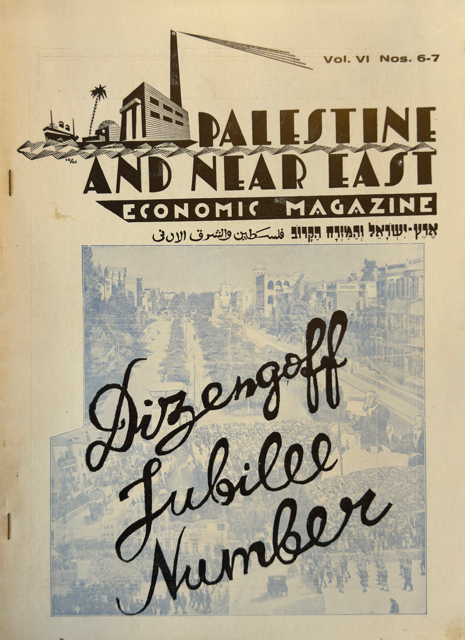If you have ever strolled along Dizengoff Street or shopped at the Dizengoff Center in Tel Aviv, you’ve encountered Meir Dizengoff (1861-1936), the city’s first mayor, who served as head of town planning from 1911-1922 and mayor from 1922-1936.
Before he became a politician, Dizengoff was a Zionist leader and businessman living in Kishinev (now the capital of Moldova). where in 1904 he established the Geulah company which bought land in Palestine.
One year later, he moved to Jaffa and co-founded a boat company. He then partnered with the Ahuzat Bayit company which purchased the land that became Tel Aviv. In 1909 he was one of the 66 original residents of Tel Aviv who selected the lots for their homes by picking seashells in a lottery.
The house built on the lot that Dizengoff selected in the initial lottery became the Tel Aviv Museum of Art, and was where David Ben Gurion read the Declaration of Independence on May 14, 1948.
Dizengoff was such an important figure in the economy of Jewish Palestine that in 1931 the Palestine and Near East Economic Magazine issued a special edition to celebrate his 70th birthday. At the time, Tel Aviv had 42,000 Jewish residents, one-quarter of the Jewish population of the country.
About 60 percent of the workers in Tel Aviv then were employed in factories or workshops, or engaged in the building or transport trades. This reflected the goal of Zionism which this magazine stated to be “not only to settle Jews in Palestine but to transfer to them a wider range of pursuits and to pursuits more basically productive than were possible under the abnormal conditions of the Diaspora.”
Zionism worked. Israel became the start-up nation whose technological developments have benefited the world. One pursuit still remains elusive—peace—but that too will come.







